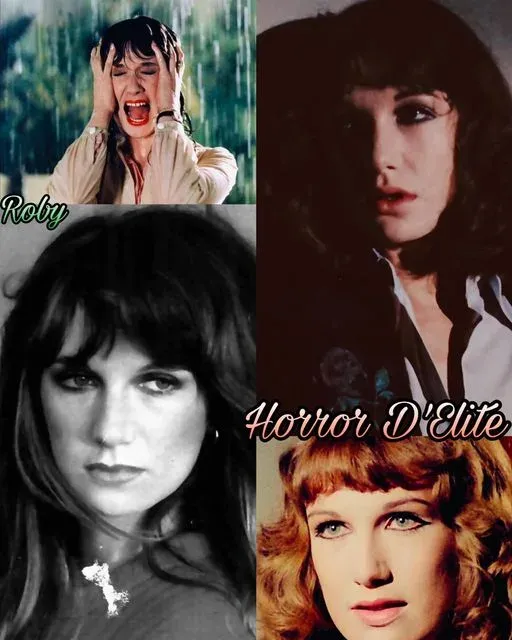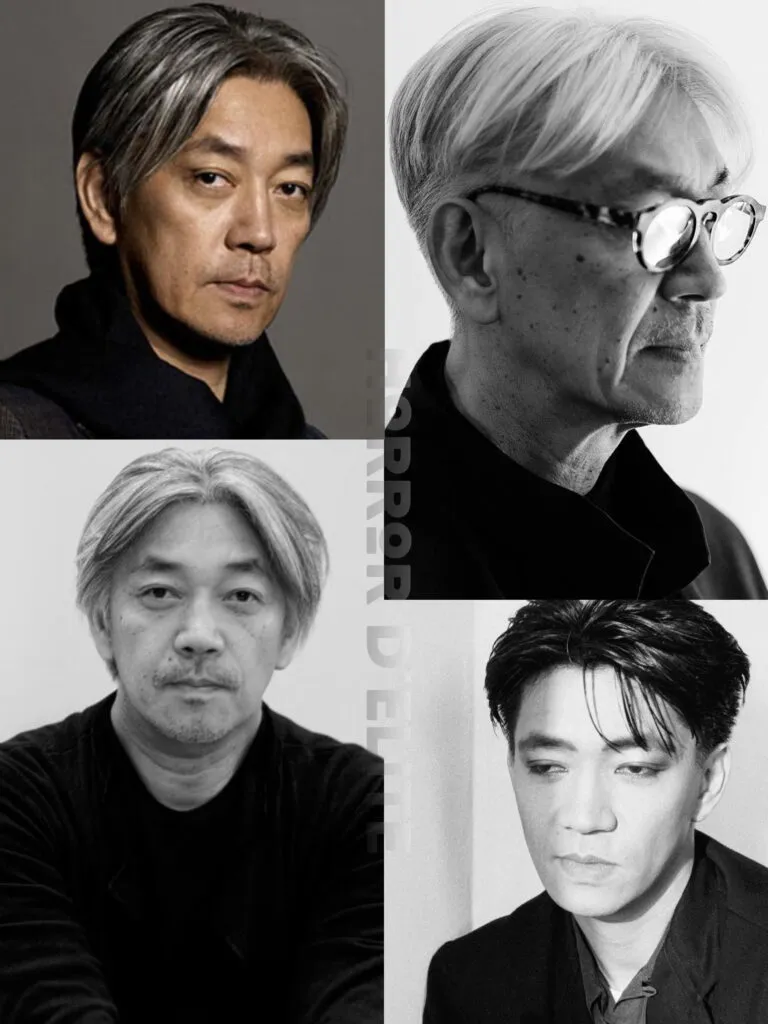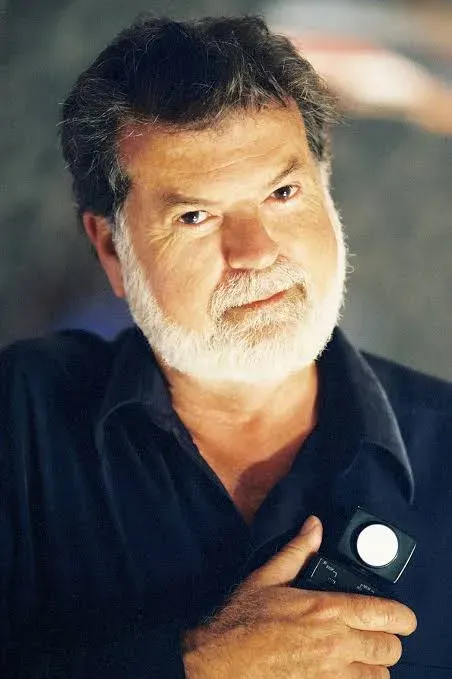Eiko Ishioka and her Dracula
Eiko Ishioka and her Dracula are among the most visionary and innovative costume designers in cinema history, famous for her bold, surreal, and dramatic style. Born in Tokyo in 1938, Ishioka started her career in the world of advertising but soon became a globally recognized creative force, working in various fields including costume design for theater, opera, and, of course, film. Her unique aesthetic and unconventional approach revolutionized how costumes can be used to tell stories, especially in horror films, where she created some of the most iconic and unsettling images ever seen on the big screen.
Iconic Collaborations in Horror Cinema
Eiko Ishioka’s film career is inextricably linked to that of director Francis Ford Coppola, with whom she collaborated to create one of the most visually spectacular horror films ever: Bram Stoker’s Dracula (1992). Ishioka’s work on this film earned her an Academy Award for Best Costume Design, solidifying her reputation as one of the most original and influential costume designers in horror cinema.
Bram Stoker’s Dracula (1992)
In Bram Stoker’s Dracula, Ishioka created costumes that redefined the aesthetics of the horror genre. Her approach to Dracula, played by Gary Oldman, was radical and innovative. One of the most memorable aspects is the choice to dress Dracula in a bright red robe during the opening scene, where he is seen as a warrior in medieval Wallachia. This robe, with its intricate design and complex details, not only represents Dracula’s power and nobility but also hints at his bloodthirsty and immortal nature.
Another iconic costume is the long red cloak Dracula wears while walking on the walls of his castle. This cloak, with its dramatic cut and sculptural folds, gives the character an ethereal and ghostly quality, enhancing the gothic atmosphere and the sense of terror that pervades the film. Ishioka’s costumes in Dracula are not just clothes but true works of art that tell the character’s story through unique forms, colors, and textures.
The costumes for the female characters, such as Mina Harker (played by Winona Ryder) and Lucy Westenra (played by Sadie Frost), are equally memorable. Lucy’s white wedding dress, adorned with a web-like veil, symbolizes her corrupted purity and tragic fate. Ishioka skillfully blended historical elements with fantastical touches to create an aesthetic that is both authentic and fantastical, accentuating the contrast between beauty and horror.
The Cell (2000) and Collaboration with Tarsem Singh
Following the success of Dracula, Ishioka continued to explore the horror genre by collaborating with director Tarsem Singh, with whom she developed a lasting artistic partnership. Their first project together was The Cell (2000), a psychological thriller with strong horror elements.
In The Cell, Ishioka created costumes that explore the subconscious and the disturbed psyche of serial killer Carl Stargher, played by Vincent D’Onofrio. Much of the film takes place inside the killer’s mind, and the costumes reflect the twisted, surreal nature of this mental world. One of the most iconic costumes is worn by Stargher as a divine, malevolent figure, a gold-and-red outfit that makes him resemble a dark, unsettling god. This costume, with its elaborate forms and almost architectural structure, represents the character’s distorted power and madness.
The costumes for the protagonist, played by Jennifer Lopez, are also designed to reflect the transition between reality and nightmare, with outfits that shift from minimalist and functional to elaborate and eerie creations when her character enters the killer’s mind. Ishioka uses costumes to accentuate the distinction between the real world and the mindscape, creating an atmosphere of discomfort and tension that permeates the entire film.
 The Fall (2006) and Continued Experimentation
The Fall (2006) and Continued Experimentation
Ishioka’s collaboration with Tarsem Singh continued with The Fall (2006), a film that, while not purely horror, contains unsettling and fantastical elements that once again showcase Ishioka’s creative genius. The film, a dark fairy tale of sorts, stands out for its highly stylized and visually opulent costumes. The characters, who inhabit an imaginary world, wear outfits that seem to come straight from a dream, with saturated colors and designs that challenge conventions. Although The Fall is not technically a horror film, it explores themes of death, sacrifice, and suffering, with costumes that emphasize drama and a sense of wonder and terror.
Immortals (2011) and Mirror Mirror (2012): Evolving Mythology
Ishioka continued to explore the fantastic and the macabre with Immortals (2011), a film that combines Greek mythology and horrific imagery. In this project, Ishioka created armor and costumes that reflect the brutality and grandeur of Greek myths, blending historical elements with a modern and disturbing aesthetic. The costumes of the Titans, in particular, are noteworthy for their frightening and alien design, which makes these mythic figures even more terrifying.
Ishioka’s last major work in cinema was Mirror Mirror (2012), a retelling of the Snow White fairy tale, again directed by Tarsem Singh. Although the film is a fantasy comedy, the costumes created by Ishioka, especially those for the Evil Queen (played by Julia Roberts), carry a sense of menace and dark power that echoes her work in horror. The elaborate, majestic outfits, with their vibrant colors and intricate details, are a final testament to her talent for transforming fabric into pure visual art.
 Eiko Ishioka’s Legacy in Horror
Eiko Ishioka’s Legacy in Horror
Eiko Ishioka left an indelible mark on the world of cinema, and her work in horror films is particularly memorable for her ability to create images that are both beautiful and terrifying. Ishioka demonstrated that costumes are not just an aesthetic element but can become an integral part of the narrative, helping to build atmosphere and define characters in profound and meaningful ways.
Her unique, unmistakable style, characterized by bold use of color, sculptural forms, and meticulous attention to detail, has profoundly influenced how costumes are used in horror cinema. Her works, such as those in Bram Stoker’s Dracula and The Cell, have become benchmarks for the industry and continue to inspire new generations of costume designers and filmmakers. Eiko Ishioka transformed horror into art, creating visual worlds that linger in the minds of viewers long after the film has ended.
Be sure to read about other costume designers who have helped make horror films terrifying… they have not only enhanced the movies they’ve worked on, but have also elevated the horror genre to new artistic heights. Their costumes aren’t just clothes but narrative tools that amplify suspense, express complex themes, and enrich the viewer’s visual experience.

Subscribe to our YouTube channel
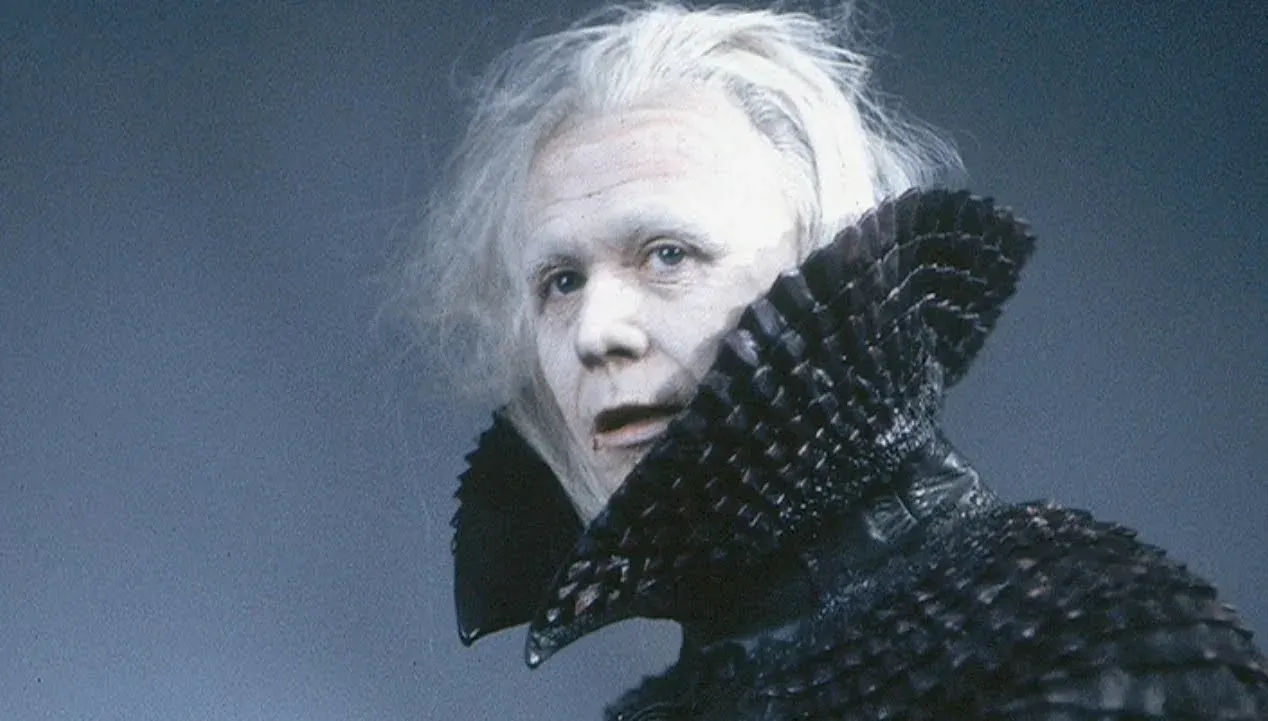
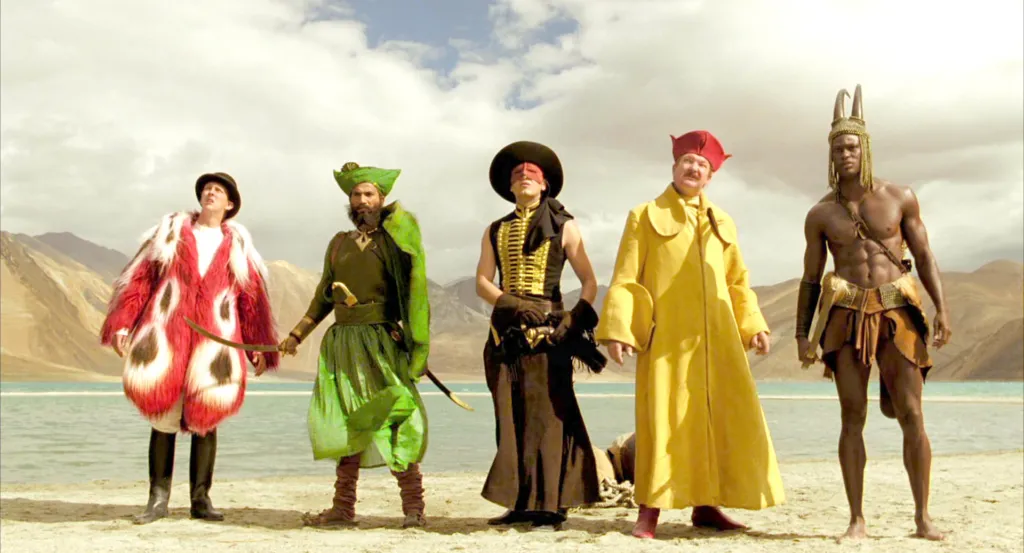 The Fall (2006) and Continued Experimentation
The Fall (2006) and Continued Experimentation Eiko Ishioka’s Legacy in Horror
Eiko Ishioka’s Legacy in Horror


